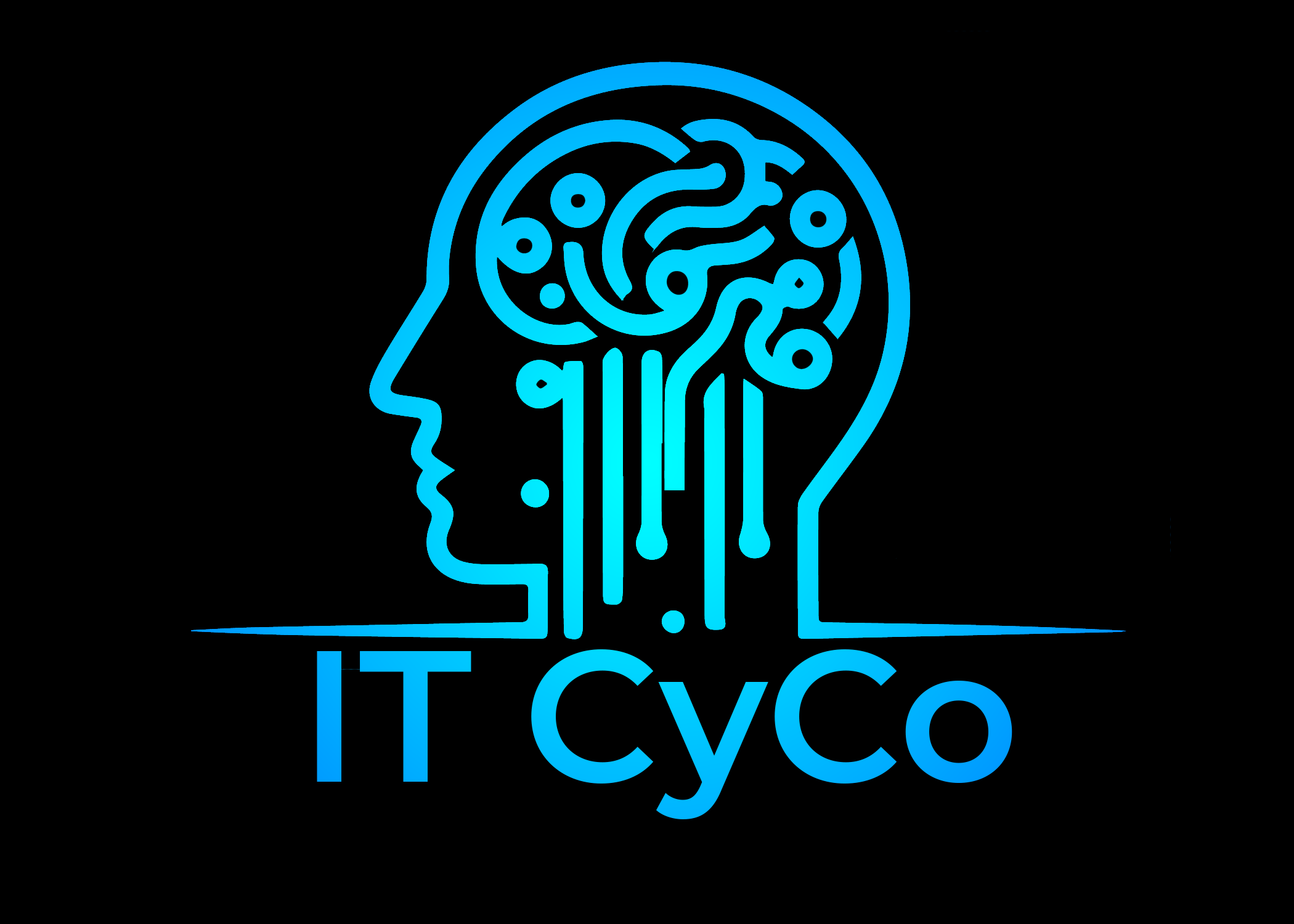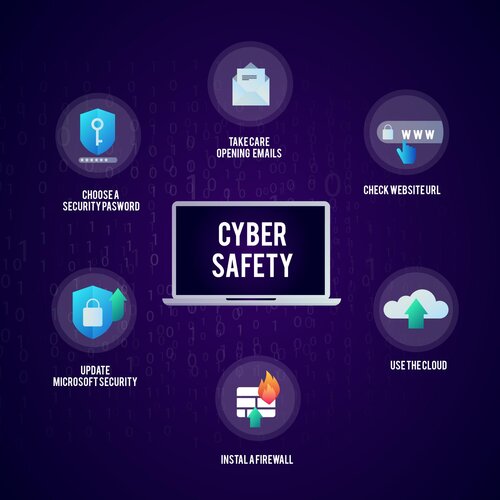Regulatory Compliance Updates
In the ever-evolving landscape of data protection and cybersecurity, regulatory compliance remains a critical focus for businesses and organizations worldwide. Keeping up with the latest updates in data privacy and security regulations is paramount to avoid potential legal issues and protect sensitive information. In this blog, we’ll discuss some recent developments in key regulations such as GDPR, CCPA, and emerging privacy laws.
The General Data Protection Regulation (GDPR), which took effect in 2018, continues to be a central pillar of data protection in the European Union. Recently, updates to GDPR have aimed to address emerging concerns, including guidance on international data transfers, clarifications on cookie consent, and more stringent enforcement measures. Organizations that handle European data must be diligent in ensuring their practices align with GDPR’s principles, as non-compliance can lead to significant fines. As GDPR evolves, businesses need to stay informed about any amendments to maintain their data privacy compliance.
The California Consumer Privacy Act (CCPA) is another regulation that has made waves in the data protection landscape. CCPA grants California residents the right to know what personal information is being collected, request its deletion, and opt out of the sale of their data. CCPA has set a precedent for data protection laws in the United States, and as a result, we’ve seen several states introducing similar legislation. Staying up to date with CCPA and other state-level data privacy laws is essential for businesses operating in the U.S., as non-compliance can lead to fines and legal consequences.
In addition to these established regulations, emerging privacy laws in various countries are reshaping the global data protection landscape. Laws like Brazil’s Lei Geral de Proteção de Dados (LGPD), Canada’s Personal Information Protection and Electronic Documents Act (PIPEDA), and China’s Personal Information Protection Law (PIPL) are further expanding the global focus on data privacy and security. Organizations with international operations must closely monitor these emerging regulations to ensure compliance and data protection on a global scale.
In conclusion, regulatory compliance in data protection and cybersecurity remains an ever-evolving field. Staying informed about updates in regulations like GDPR and CCPA and emerging privacy laws is crucial for businesses and organizations to navigate the complex and evolving landscape of data protection and maintain the trust of their customers and clients. Adaptation and compliance with these regulations are key to safeguarding sensitive data and ensuring data privacy in today’s interconnected world.
Don’t wait until it’s too late to secure your SMB against cyber threats! Contact IT CyCo today and let us help you safeguard your business. Remember, “don’t drive yourself CyCo, we have IT” – your trusted partner in cybersecurity solutions for small and medium businesses. Get in touch now to fortify your defenses and keep your business safe and sound!







